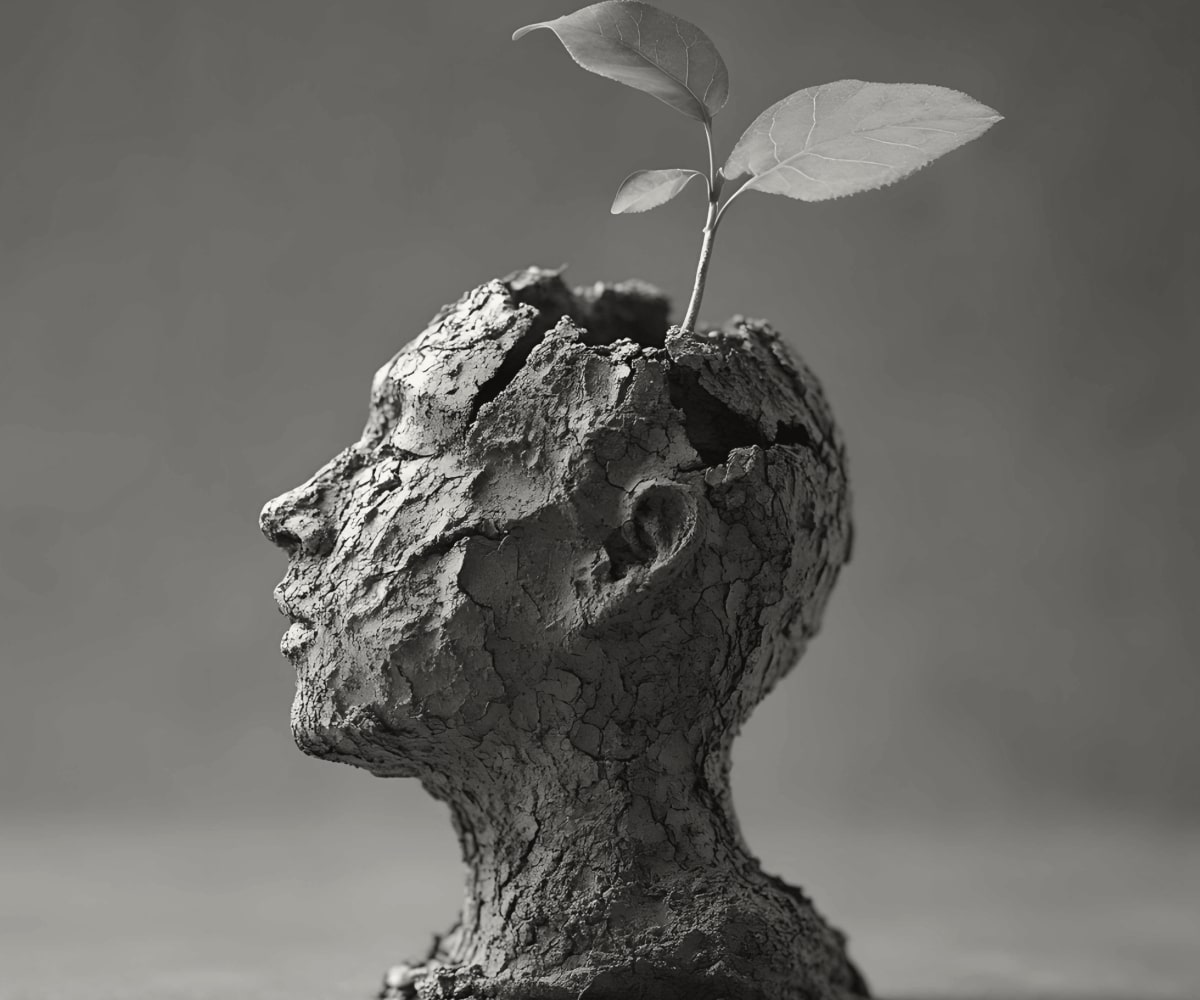Your cart is currently empty!
How Great Adaptations Can Make the Heart Sing

Disclaimer: This post may contain affiliate links for books we recommend. If you make a purchase through these links, at no additional cost to you, we may earn a small commission. See our full Terms of Use here.
What happens when Hollywood decides to adapt one of your favorite books? There are several reasons why they might do this, and some of them can be positive. Hollywood isn’t just in the business of making money; they’re also in the business of artistry and storytelling, and they have the opportunity to take your beloved story and turn it into something new but just as compelling—maybe even more so. Read on to learn how movie adaptations can still be successful despite their differences from the original work.
When going to the movies, it’s important to keep in mind that movies are not novels and vice versa. Each form of art has its own set of strengths and weaknesses, and the same story told in two different forms will have its own unique twist. When adapting books into movies or television shows, there are plenty of liberties that need to be taken in order to translate each medium’s storytelling style onto the other one as effectively as possible.
When you read a book, your imagination can bring the story to life in ways the author never even imagined, and that’s one of the best parts of reading. Movie and television adaptations of books are often criticized for not being true to the source material, but this doesn’t have to be the case if you take advantage of everything a new storyteller has to offer. Here are three reasons why adaptations can still be successful.
Adaptations and Readers Imaginations
When readers pick up a beloved book, they are creating an image of what everything looks like in their head. To them, it is their own story. When movies or television series based on novels come out and have to change details, it can be hard for readers to accept that their vision of the characters and events doesn’t match up with what is shown on screen. However, different adaptations are simply a new form of artistry. Writers from movie studios or production companies do not have to follow every detail that was written in a novel but instead retell stories through someone else’s eyes—the director. Readers understand there might be some differences, even if they don’t agree with them.
Adaptations allow people who never read books to experience these adventures and share in these great stories while still keeping elements close enough to please readers who fall deeply in love with novels. The key is understanding that film interpretations aren’t trying to replace how readers imagined things; rather, they are trying to show everyone how other storytellers interpret their works and present it through a medium that adds more capabilities than just words on a page. Whether you choose a movie adaptation or stick exclusively to reading novels, keep an open mind when watching films because both tell very similar yet uniquely different versions of our favorite stories!
When I read the description of a character my mind builds an image of that person based not only on the description provided by the author, but my own personal experience as well. If I say I’ve dropped a deck of cards and they all fell face down what cards do you see? What about the surface I dropped them on? I didn’t specify table or floor. Did you add one or the other? Both?
The whole point of adapting novels for movies is because people want to see something other than words on a page or an e-reader screen (that I would argue has much better resolution these days than your average cinema screen). They want to see story translated into pictures, sound and feeling. In order for readers to understand how well or not-so-well that translation went over, they need to be able to envision something in their heads before either watching or reading a movie. They need to accept, as well, that what they envision will not be displayed on the screen.
A Different Telling Of a Story
It’s very common for media adaptations to change certain details or leave out some parts of stories that they are adapting. Some of these changes are needed because translating a written story into a film or television show is complicated. For example, some mediums just don’t have time to include every scene from a book or piece of writing. While reading, you have time to imagine what happens between action scenes, but in a movie you have at most a few hours to tell a story and each second counts.
An adaptation may also leave things out because they don’t fit with the cinematic or directorial vision for the telling of that story. In any case, it doesn’t necessarily mean that an adaptation will fail as long as it follows one key rule: Don’t try to be something else than what it was intended to be.
Movies like Harry Potter do not need to follow their books chapter by chapter word by word in order to still feel authentic and true, even if they diverge somewhat from the original story (we don’t get many Quidditch matches on screen). Instead filmmakers can treat such stories as opportunities to explore new artistry and deliver another version of a beloved tale – for people who couldn’t get enough of one version but are looking for something different in another rendering.
When I view an adaptation, I appreciate the subtle (and sometimes aggressive) changes to characters, timelines, and scenes. While many people look for an exact replica of the prose, I tend to feel somewhat underwhelmed but the experience. It’s like going to a concert and having the record played to you song for song, note for note. Sure it sounds great on paper or even better on recording, but there’s nothing like hearing someone play that guitar live; they might not be able to play every single note in tune but their passion and energy brings something new to that same set of notes.
Sure, it might be slightly different than what was intended on paper, but in most cases those differences make for a better interpretation of the material. If we can start treating adaptations with respect instead of looking at them as cash-grabs from greedy corporations that only want our money then maybe we’ll get better adaptations more often – because then those companies will take risks and create new artistry instead of trying so hard to be exactly what has come before them.
Adaptations and Artistry in Film
Understand that there are two kinds of adaptations: faithful and inspired. Faithful adaptations attempt to take a straight path from page to screen without any deviations in tone or characterizations. Inspired ones reshape characters and situations to fit them into new genres. Neither one is necessarily better, although audiences do tend to favor one over another depending on personal preference.
Film is a different art form than writing, but it can still be used to explore new ideas. In film and television, you can see how scenes may have been imagined differently by each storyteller. For example, Lord of The Rings is based on a book by J.R.R Tolkien, but Peter Jackson created his own stories and storytelling with his version of that world. Each filmmaker brings their own artistic style to each movie they make and explores their storytelling with films that are theirs alone. It’s possible for movies or shows based on books to be just as successful even if they don’t stay true to every detail in the original novel; films can create new ways for readers to imagine stories in ways they never could through words alone.
This doesn’t mean adaptations shouldn’t use details from the source material — these details should inspire new directions in artistry so filmmakers can succeed at making great work no matter what medium they choose. What’s important about an adaptation is not sticking to every detail exactly, but finding a new way to tell an old story in order to provide inspiration for readers and other writers alike. The best retellings change things up while capturing all the things readers love about their favorite works of fiction.
A good adaptation will draw inspiration from its source material, but stand apart as something unique that fans won’t want to miss out on. Just because a film isn’t 100% faithful to its original source material doesn’t mean it won’t please its audience just as much—or more—than those who prefer absolute faithfulness above anything else.
-R.E.

